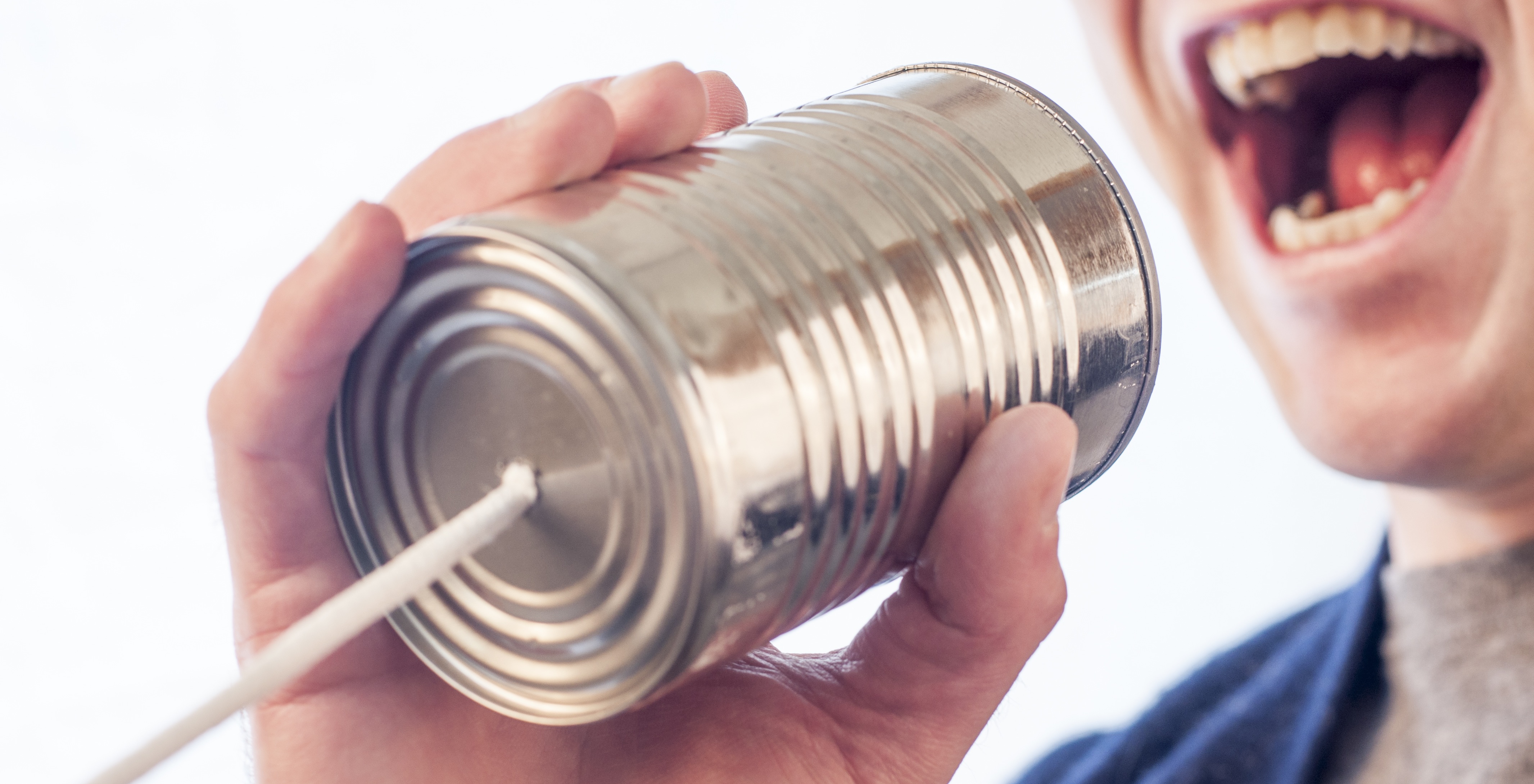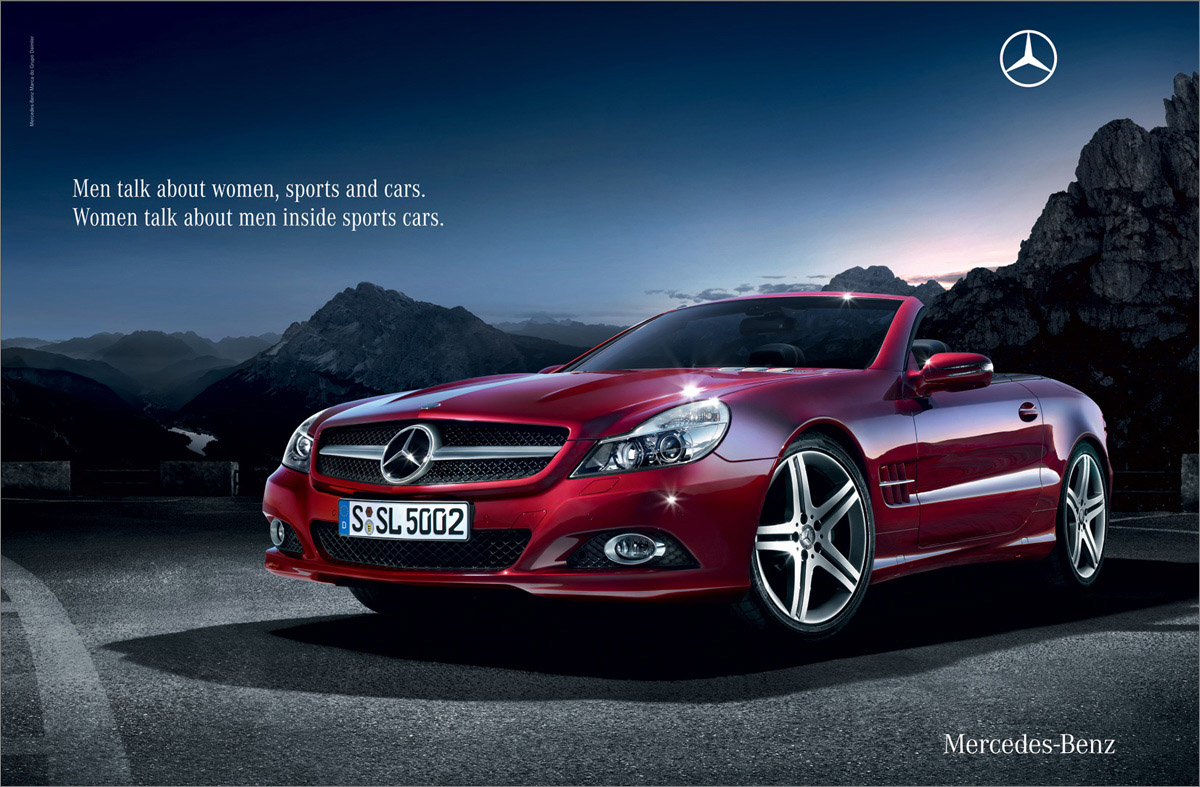Subscribe now and get the latest podcast releases delivered straight to your inbox.
 My days have been long. My nights contemplative.
My days have been long. My nights contemplative.
I'm currently in the the depths of putting together a business plan for a new product.
For anyone who has ever written a business plan, you understand how emotionally taxing it can be.
Research, second thoughts, edits, and third and fourth thoughts often occupy much of the conscious thinking going on during my waking hours.
Who actually has the problem I'm looking to solve? Would they actually need it? Inevitably, I came to the place where it was time to really discover who "they" even was.
"Where can I find them?"
"How do they speak and communicate?"
"Why do they need me?"
Most importantly, "How can I communicate the value I can offer to them?"
This led me to ponder tone.
And tone is funny, isn't it? It's one of those things that's hard to express or articulate, but is easily felt.
It's why we choose one brand over another. It's not solely because the marketing is "better", because better is subjective. Tone is not. You either nail it, or you don't.
So how can we be sure our ideas or existing products are conveying the right tone?
Who is the ideal user?
Recently, I attended a karaoke night with several coworkers in what was sure to be a night of enduring hilarity.
However, after ordering a glass of liquid courage and scanning the list of songs, it was clear the host had misread the young audience usually drawn to this establishment.
(Twentysomethings aren't usually known for their renditions of Hank Williams tunes.)
Along with many others, we left after twenty minutes of misaligned song choices, deflated at not having had the chance to belt out a Taylor Swift song or two.
When it comes to your marketing messaging, understanding the demographics of your ideal user is key in avoiding this type of embarrassment.
Knowing the basic demos like age, gender, and geographic location are obvious.
But successful brands also understand things like socioeconomic status, marital status, and level of education in order to truly maintain a tone that resonates.
Knowing – in detail – your ideal user prior to creating and distributing any messaging will ensure that you're not playing to the wrong room.
What's the nature of their interest?
Last month I needed to replace my toothbrush. After work I scrambled to the nearest grocery, ran in and grabbed an Oral-B with soft bristles and hurried home so I could make it to the gym.
Last weekend I wanted a new acoustic guitar.
It also happened to be my birthday, so I wanted to treat myself.
I read lots of reviews online. I asked some of my guitar playing friends for advice. I spent a couple of hours at the local guitar shop trying out several models before making my decision.
As the nature of interest changes, so does behavior.
When creating content that speaks to a need, succinct and concise is what you should aim for. A need is practical, therefore we often think in terms of benefits, data, and features to help make our decision. It helps to satisfy the reality barrier in our minds.
HubSpot, a marketing software company that's a business need for many companies, is a perfect example of a brand that understands how to convey benefits through tone.
How to Convince Your Boss to Invest in Social Media Marketing https://t.co/No2M0niRCO pic.twitter.com/JTAH6DANKb
— HubSpot (@HubSpot) January 29, 2014
The messaging and tone is clear and concise. There's even data to lend credibility to the content being shared. Most importantly, the tone matches the nature of interest.
"I need my boss to take social media marketing more seriously. It'll make my job easier and more effective."
Conversely, when creating content that speaks to a want, there's more wiggle room for things like emotion and playfulness. Why? Because this plays right into our behavior.
A want isn't always practical. Therefore messaging that's playful and sometimes emotional is more likely to appeal to us and surpass that reality barrier in our minds.
Take Oreo for example. Does anyone really need them? (Raises hand.)
Of course not. But playful messaging like this helps consumers rationalize the purchase and satisfy the want.
We don’t measure value by gold, silver or bronze - only by noms. pic.twitter.com/klKlynRwSJ
— Oreo Cookie (@Oreo) February 6, 2014
Does your ideal buyer need your product? Or want it?
Understanding the nature of interest is paramount in crafting a tone that aligns with it.
What platform will the messaging appear?
Just as behaviors change according to the nature of interest, it also changes based on the platform your prospects are using. As a result – you guessed it – so should the tone of your messaging.
No easy task considering the amount of platforms consumers now rely on. This makes understanding your ideal users even more important, as different segments of your audience may be consuming your content in very different ways.
Let's use Mercedes-Benz as an example. A luxury vehicle with a very specific demographic, and as a result, tone.
By understanding their ideal user, they're able to maintain a tone that resonates on the specific platforms in which these people use most.
Mercedes-Benz's main two demographics are:
- 52 years old, married, and a household income over $200k
- 18-35, still starting or advancing in their career
The tone of messaging will differ greatly depending on the platform in which it appears. Using social networks like Twitter in order to attract the younger demographic, you'll notice a very specific tone. Aside from using slang terms like "whip," you'll also notice the use of four hashtags in the tweet below.
Whip appeal. The #MercedesBenz #SLK55 #AMG #CarbonLOOK Edition, Designo Cashmere White Magno. pic.twitter.com/HS4TQzgxsa
— Mercedes-Benz (@MercedesBenz) March 9, 2014
Would this resonate with the older demographic? Probably not.
But it isn't supposed to. Mercedes-Benz understands its ideal user, where they're spending their time, and most importantly, the tone that resonates with them.
The following print ad is a prime example of messaging and tone targeted at the older demographic. No slang, hashtags, or social element to be found.

It's not just about who your ideal users are, but also understanding the platforms they're using and how to speak natively within them.
Effective tone isn't just about what you're saying, but also where you're saying it. (Tweet this quote!)


Order Your Copy of Marcus Sheridan's New Book — Endless Customers!

